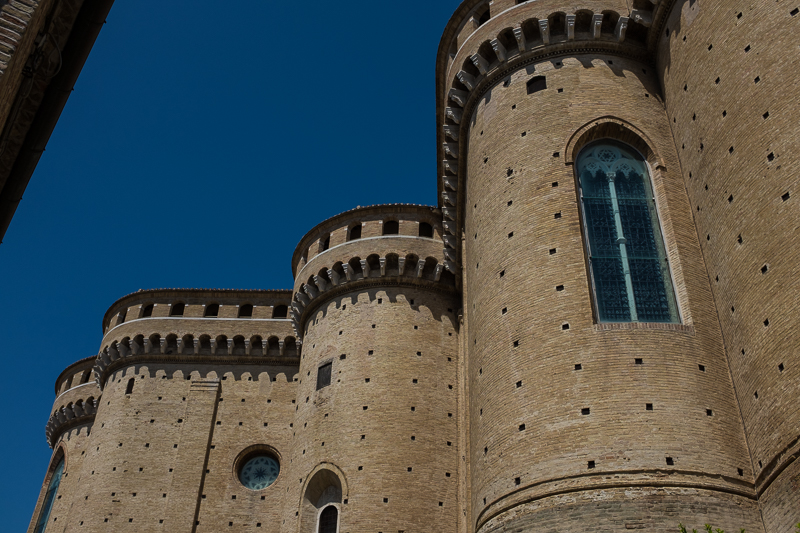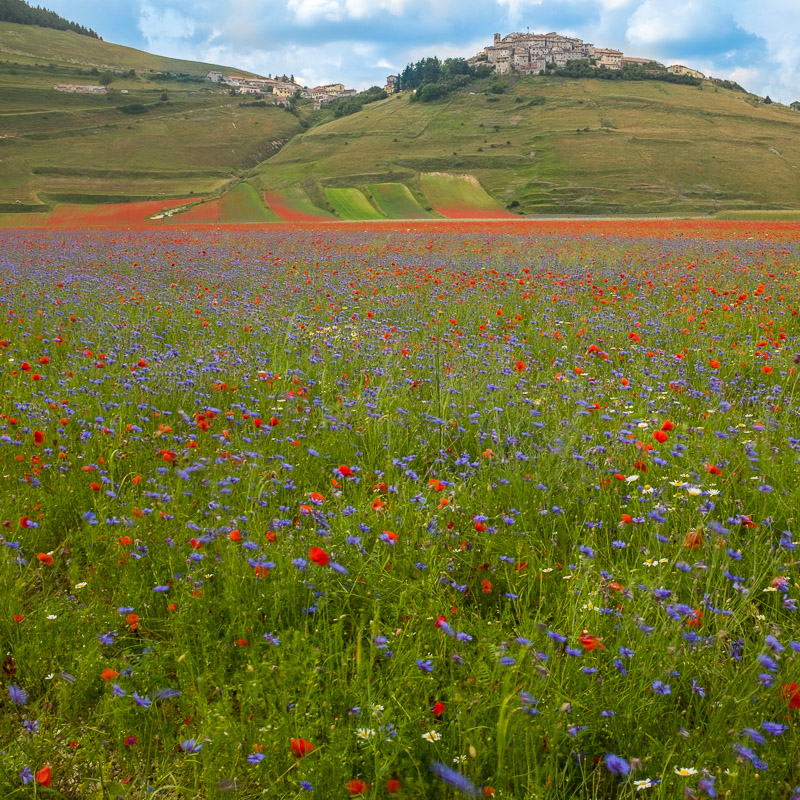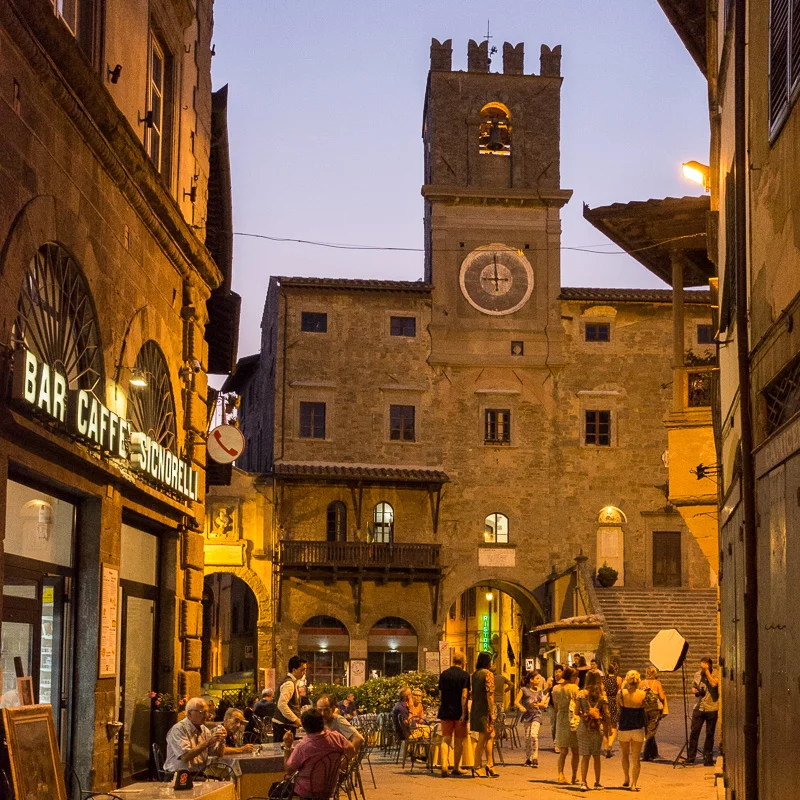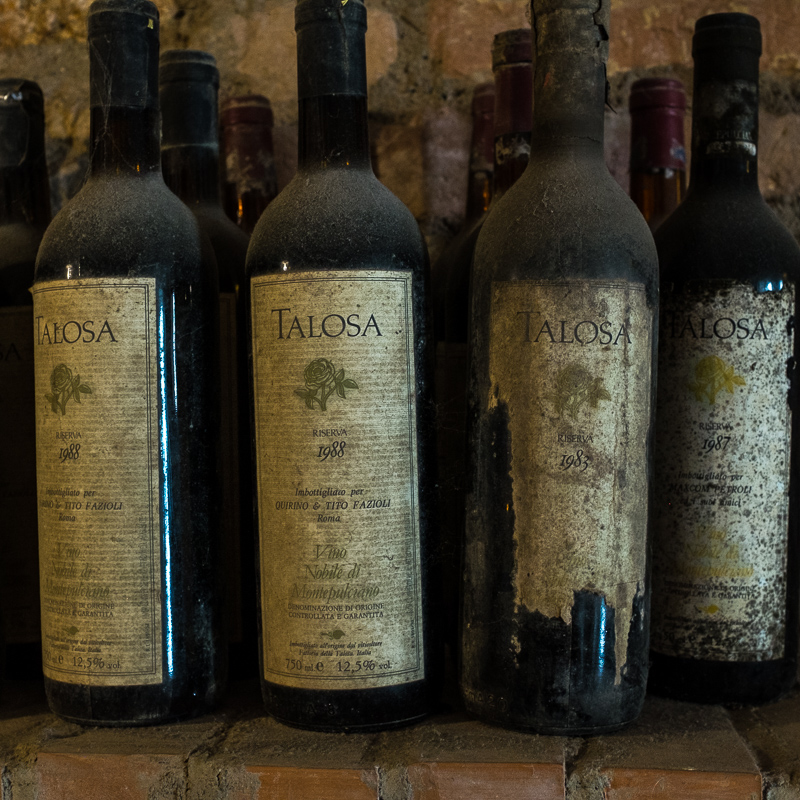May to September 2016
One of the highlights of our time in Italy was visiting gorgeous towns and villages. Many of these are perched high on a hill and most are surrounded by a wall with ornate entrance ways. Sampling what each has to offer, sitting and watching life unfold in a very simple but purposeful way. As you may know, Italy is a series of regions and provinces, each very different from the next. The same applies to the towns and villages in each of those regions. Each incredibly proud of their heritage and culture, fearless in their demonstration of loyalty to their little patch. This kind of passion is what helps make Italy so special.
Tolentino – Marche. Tolentino was the closest big-ish town to our base in San Ginesio. Not much to look at on the outside but with some hidden gems. With a population close to 20,000 it’s more of a working town than a tourist destination. Even still the narrow streets, houses with their rat look shutters, weekly market and San Nicola Basilica make Tolentino a stop off if you are in the area. Market day brings an extra buzz, it’s a great place to grab a coffee and do some people watching.
Ascoli Piceno – Marche. Sixty kilometres south of San Ginesio through winding countryside is Ascoli Piceno. One of the big attractions being the Piazza del Popolo (Square of the People). Surrounded on all sides by buildings made of the local marble (travertino). We headed to Ascoli for the antique market but alas it was non existent, on this day at least. We did find a great spot for lunch, De Gustaria is perfectly situated to watch the world go by and served very tasty fare.
Just outside of Ascoli Piceno is the hilltop castle and hamlet of Castel Trosino. Sitting high above ancient trade routes, the castle now looks like a wonderful walled retirement village, the only evidence of life being the sounds of opera drifting across the roof tops.
Loreto – Marche. The walled town of Loreto is one of our favourites in the Marche region. We stopped here after a failed attempt at wandering around Ancona. Closed to all but essential traffic the town sits high above the surrounding countryside and offers stunning views out to the coast. Loreto is a tourist town and also a Catholic pilgrim destination with the Basilica della Santa Casa the big draw. The basilica was built over the Virgin Mary’s home which somehow found its way to this Italian hilltop. Like many churches in Italy the dress code for women is somewhat stricter than men. Thankfully wraps available at the entrance meant that Julie was able to cover her shoulders and step inside this very impressive and ornate building.
Castelluccio – Umbria. With a permanent population of 8, the town itself was not the draw here but the surrounding valleys and plains. Castelluccio is well known for its excellent lentils. Our first visit was to tackle a hike through the sea of yellow wildflowers on the valley floor. We then brought Julie’s Mum and sister for a visit. Our final visit took place when the lentil fields were blooming a swath of purple, blues and reds. The Feast of the Fiorita (flowering) takes place at the end of June. We didn’t make the activities but rocked up a couple of days later. The visible signs of the festival still in place. The most obvious being the blast of colour as you drive from one side of the valley to the other.
Calderola – Marche Just a hop skip and jump away from our first house sit, this small town had one big attraction. It wasn’t the Castello Pallotta, a huge castle that sits amongst the shops and houses of this quaint town. We didn’t get to visit the inside of the castle which is supposed to be worth a look, next time. The big draw was the taste sensations on offer at the local gelateria. After extensive research, the Gelateria da Save is by far the best we came across during our four months in Italy. The strawberry cheesecake with its biscuit crumb was a flavour explosion. Closely followed by the bacio (kiss) a hazelnut and creamy chocolate heaven. Mix the two together and it’s otherworldly.
Cortona – Tuscany Cortona is very much a tourist town sitting aloft a hill overlooking Tuscany and out to Lake Trasimeno. It’s medieval architecture a pull for waves of tourists. Legend has it that the town was established by Crano son of Noah. The Palazzo Comunale (town hall) stands proud overlooking the Piazza Garibaldi. The price of drinks and food reflect the opportunity the tourists offer the locals. Having said that we did chill in the square one night getting Steve’s Mum tipsy on cocktails after visiting the local street food market.
Montepulciano & Pienza – Tuscany One of the highlights of Tuscany is the wine and cheese twins, Montepulciano and Pienza. Montepulciano is home to the delicious Vino Nobile red wine. The main narrow street stretches for 1.5 kilometres and it’s here you find wine houses steeped in history offering tastings. Below the tasting houses are dark damp caverns with row after row of gigantic barrels, along with racks of bottles covered in dust from decades long gone. I would be very happy to be locked down here and the key thrown away.
Pienza was rebuilt in the 15th century by Pope Pius II and is a World heritage site. The town was built as a summer getaway and the ideal renaissance town. Pienza is home to one of Italy’s most tasty cheeses, Pecorino. Strong aromas pull you into the lair of the cheese sellers on every corner. Sitting at almost 500 metres above sea level the town has sweeping views of the Val d’Orcia.
Spoleto – Umbria Standing 80 metres high and 230 metres long the Ponte delle Torri (Bridge of Towers) is an amazing site. It forms part of the ‘Gira de Condotti’ a walking trail of approx 60 minutes that takes in the ancient viaduct, surrounding hillsides and woodlands, eventually coming out at the bottom of the town. Getting back into the centre is easy with the aid of a network of escalators. The Cathedral of Santa Maria dell’Assunta and the Rocca Albornoziana are a must visit.
Assisi – Umbria The birthplace of St Francis of Assisi is just a stone’s throw from Spoleto. The twisting narrow streets reveal a collection of Romanesque architecture. The Rocca Maggiore (castle) lords it over all below. We dragged Mum up to the castle and before you knew it she had climbed to each of the main towers, mind you we nearly had to carry her back down. As well as the castle the Papal Basilica of Saint Francis of Assisi dominates the skyline. The Temple of Minerva dates back to roman times and there are also the ruins of a roman amphitheatre.
Just below Assisi is the impressive looking Santa Maria degli Angeli e dei Martiri. A cathedral that looks very grand on the outside and dominates your view. Stepping inside is somewhat of a anti-climax.

Worth a mention….
Amandola – Marche a majestic gate welcomes you into this small town, we had dinner a couple of times at Gusteau. Another fab gelato stop off.
Ancona- Marche major ferry and sea port on the Adriatic coast, close to airport the cathedral is worth a look.
Gubbio – Umbria the remains of a Roman theatre, the Funivia Colle Eletto carries you in a bucket to the top of Mount Ingino. Also, a venue for some classic car hill climb races.

Calmurano – Marche small town of 1200 that plays host to an International Buskers Festival, lots of bars and food stands, great vibe.
Montone – Umbria a super cute hilltop medieval village, closed off to cars, hosts an international film festival each year.
Monteriggoni – Tuscany another medieval town that looks like a child’s toy castle from a distance.

Arezzo – Tuscany large monthly antique market in the Piazza Grande, much bigger and prettier than expected, old fortress now art gallery.
San Gimignano – Tuscany famous for its towers, of which 14 are still standing, and the romanesque and gothic and architecture.
Perugia – Umbria capital city of Umbria, Bladerunner style monorail whisks visitors into the centre, explore the underground catacombs of Rocca Paolina.
We have been very fortunate with our time in Italy to be able to sample a good slice of what is available in this country rich in tradition, passion, food and drink. Italian small town life is very simple and you do wonder what it will be like in several decades time. Will the young of today still have the same commitment and passion for their home towns? Or will the lure of the big cities, job opportunities and bright lights see many of the towns we visited become hollow tourist attractions?
There are a heap more photos on our gallery page
Next Up Rome, Florence & Venice
P.S. A number of towns that we drove through were badly affected by the earthquake that struck on the 24th August 2016 killing 297. Our condolences for all those affected.































